First Thoughts
(The Collection, 2015, http://www.thecollectionmuseum.com)
With my initial understanding of site-specific I know that, as Pearson states, “the material traces evoke worlds that are intangible and unlocatable: worlds of memory, pleasure, sensation, imagination, affect and insight” (Pearson, 2010, 10). Site-specific is about exploring, discovering and re-inventing the history of a non-theatrical location such as galleries, museums, building and street corners.
This week we took our first trip to the gallery and museum to investigate the space. Whilst we were there we signed the code of conduct.
To make a site-specific performance in a museum or gallery you need to understand that the exhibition of a gallery could also be the “external architecture […], the staircase up to it, or the lift, the street leading up to it, the area where it is situated, the town” (Kaye, 2000, 193). To make a good performance which relates to the site well I, as a performer, will need to do research not just about the art gallery or museum but also about Lincoln and the reasons behind why the Usher gallery and Collection museum are situated where they are.
From this research I discovered that the Collection Museum began as the ‘City and County Museum’, “founded in 1906” (The Collection, 2015). Lincoln realized during this year that there was a need for a museum to preserve “local heritage and [to be used] as an educational centre for the population” (The Collection, 2015). The museum grew over the years and merged with the Usher gallery in 2005.
After gathering information about the site, I now need to explore the types of issues that need to be addressed.
Works Cited:
Kaye, N. (2000) Site-Specific Art performance, place and documentation. London: Routledge.
Pearson, M. (2010) Site-Specific Performance. Hampshire: Palgrave Macmillan.
The Collection (2015) History of the museum. [online] Lincoln: Lincolnshire county council. Available from: http://www.thecollectionmuseum.com/?/about-us/history-of-the-museum [Accessed 4 May 2015].
The Collection (2015) The Collection. [online] Available from: http://www.thecollectionmuseum.com/ [Accessed 08 February 2015].
Connecting the Performance to the Site
(Real Time Arts, 2006, http://www.realtimearts.net/article/issue76/8243)
Chapter 3 from Site Specific Performance explains how the piece created would be meaningless anywhere but at the site it was created for, as it “draws attention to the details of location, valorising them, pulling them out of the everyday into relief, acknowledging them, staking claim to them in passing, as places to be, to do, to watch” (Pearson, 2010, 48).
This reading has made me realize that by performing in the museum / gallery I will be “exposing the conditions in and under which a work is always in the process of being anticipated, produced and remembered, where ‘real space’ is subject to being ‘written over’ by experience and imagination” (Kaye, 2000, 31). I now recognize that by performing the museum we will become an exhibit. We should connect to the viewer to the extent that a dialogue is formed through cultural history, memory and the information we give them through our performance.
After an understanding of this, my group have decided to focus on the nude portraits of women exhibited within the Usher Gallery.
Works Cited:
Kaye, N. (2000) Site-Specific Art performance, place and documentation. London: Routledge.
Pearson, M. (2010) Site-Specific Performance. Hampshire: Palgrave Macmillan.
Real Time Arts (2006) Real Time. [online] Available from: http://www.realtimearts.net/article/issue76/8243 [Accessed 01 March 2015].
Women as Art, Women as Artists
(Memory Prints, 2015, http://www.memoryprints.com/image/410635/giorgione-venus-resting-c-1508-10)
I wanted to explore the ancient taboos of women as artists, what types of paintings were created by men depicting women in negative lights to help my understanding of the female nudes.
Women “could either elect to be a gentlewoman who painted, […] or she could resign herself to being thought of as a not quite respectable outsider” (Chicago and Lucie-Smith, 1999, 115). This shows just how disrespected women were for their artwork and could be one of the reasons for men’s art still dominating galleries today. Although women were not allowed to be considered artists, they were continuously the focus for the male artist’s paintings.
As our performance will become a feminist site-specific piece, I will need to undergo research on feminist practitioners.
Works Cited:
Chicago, J. and Lucie-Smith, E. (1999) Women and Art Contested Territory. London: Wiedenfield & Nicolson.
Memory Prints (2015) Giorgione / Venus Resting. [online] Available from: http://www.memoryprints.com/image/410635/giorgione-venus-resting-c-1508-10 [Accessed 12 April 2015].
Bobby Baker and the Art of Food
(Arts Admin, 2015, http://www.artsadmin.co.uk/projects/how-to-shop)
Bobby Baker is a site-specific feminist practitioner, her “work as a performance artist has raised issues about femininity, families and food in sufficiently complex and interesting ways” (Barrett and Baker, 2007, 3).
It’s interesting to understand that “our perception of an object changes when it is placed in an artistic context” (Barrett and Baker, 2007, 5). The fact that Baker uses food to create art is what makes her performances feminist as “ephemerality is reinforced by the way in which Baker’s materials are foodstuffs not paints – are ones that will perish, will decompose” (Barrett and Baker, 2007, 130). She then goes on to explain that her food sculptures, or performances, can “not [be] preserved: [and] will not be kept for cultural consumption as has generally been the case with ‘images of women'” (Barrett and Baker, 2007, 131).
She uses abjection within her performances which “she argues, is caused by what disturbs identity, system, order” (Barrett and Baker, 2007, 13). She controls the abjection within her performances though and instead of leaving her audience feeling degraded they are uplifted.
In How to Shop, she uses abjection through “a mortification of the self, it is masochistic [as] it silences the woman on stage, who can only mumble indistinctly” (Barrett and Baker, 2007, 14).
(Dailylifeitd, 2012)
At this point in our development my group’s idea is to perform within the public toilets of both the Usher Gallery and Collection Museum. This is because we have decided to focus on femininity and the use of make-up when focusing on our reflections in the mirror.
Works Cited:
Arts Admin (2015) How to shop. [online] Available from: http://www.artsadmin.co.uk/projects/how-to-shop [Accessed 17 April 2015].
Barrett, M. and Baker, B. (eds.) (2007) Bobby Baker redeeming features of daily life. Oxon: Routledge.
Dailylifeitd (2012) How To Shop by Bobby Baker. [online video] Available from https://www.youtube.com/watch?v=aZFQdBq5Wvk [Accessed 11 May 2015].
Performing within the Toilets
The first idea we developed was to stare at our reflection for a certain length of time, this was to represent women focusing on their femininity. Through this task we want to show how “a woman [..] must observe and evaluate herself, scrutinizing every detail […] as though she were an outside judge” (Blood, 2005, 46).
During our rehearsal time we completed the task of looking at ourselves for 10 minutes which we found quite hard. We didn’t have anyone walk in during this time which made it easier to focus. When we performed this as a work-in-progress to Ally, Juliette removed her shoes and I put on high heels, this was to represent and contradict femininity.
The next time we work in the space we will use berries as make-up, inspired by Bobby Baker.
Works Cited:
Blood, S., K. (2005) Body Work The social construction of women’s body image. East Sussex: Routledge.
Berries as Make-Up
We began the session with our 10 minutes of focusing on our reflections, during this time 3 women came in to the toilets so it was the first time for us to get responses from those not in our class or from tutors. Surprisingly, the women ignored us which in itself is a response. We now know that we need to do more to frame our performance.
The following task we played around with was using raspberries as both lipstick and blusher. We crushed the berries and then applied them to our faces. During this time, a few more women wandered in and we managed to get more of a response through their facial expressions however, most looked either disgusted or bemused and curious.
We will be creating a performance text inspired by both Karen Finley and Hélène Cixous to help frame our performance.
Writing as a Woman…
(Southern Spines, 2014, http://southernspines.com/power-quotes-helene-cixous/)
For our performance text we researched the language of écriture féminine.
Hélène Cixous is the creator of this type of writing. She believes it frees the woman from the conventional way for writing forced upon us by the patriarchal system. This type of language has the “potential to challenge, undermine and replace the masculine order” (Seller, 1994, 37). As our performance explores femininity and beauty by women who have been oppressed by the patriarchal system, this type of writing is needed to enhance the performance.
A practitioner we were influenced in when it came to developing our performance text in this way was Karen Finley. “Her monologues are obscenity in its purest form – never just a litany of four-letter expletives but an attempt to express emotions for which there are perhaps no words” (Hart and Phelan, 1993, 142). She speaks the unspeakable and speaks in a way that women have been taught and oppressed not to. Her monologues are made to shock but with underlying messages it’s clear to the spectator that she is fighting against oppression.
We realized after our first few attempts that our performance text was too explicit so we have decided to incorporate three poems to help with imagery and repetition. These are:
If I told him A completed portrait of Picasso – Gertrude Stein
Translations – Adrienne Rich
Planetarium – Adrienne Rich
Works Cited:
EPC Digital Library (2005) If I told him A completed version of Picasso. [online] Available from: http://writing.upenn.edu/library/Stein-Gertrude_If-I-Told-Him_1923.html [Accessed 01 May 2015].
Hart, L. and Phelan, P. (1993) Acting Out: Feminist performances. Michigan: The University of Michigan Press.
Poetry Foundation (2015) Poems and Poets. [online] Available from: http://www.poetryfoundation.org/poem/175906#poem [Accessed 01 May 2015].
Seller, S. (eds.) (1994) The Hélène Cixous Reader. London: Routledge.
Southern Spines (2014) Power Quotes: Hélène Cixous. [online] Available from: http://southernspines.com/power-quotes-helene-cixous/ [Accessed 23 April 2015].
The Nation (2012) Five poems by Adrienne Rich. [online] Available from: http://www.thenation.com/article/167113/five-poems-adrienne-rich [Accessed 01 May 2015].
Overcoming Challenges
Due to health and safety regulations we are now not allowed to rehearse or perform within either of the public toilets within the Usher Gallery or Museum. We have been given the use of the toilet within the education section of the museum instead however, which is situated within the basement.
I created a risk assessment for our new space but it is also relevant for our previous practices within the public toilets.
The space is smaller than the ones we have practiced in but our performance will not need to be changed or adapted due to it taking the same layout. This space has helped our piece enormously as we can now use the whole space within our piece, we can make the performance more intimate with a small audience, and we can perform for longer.
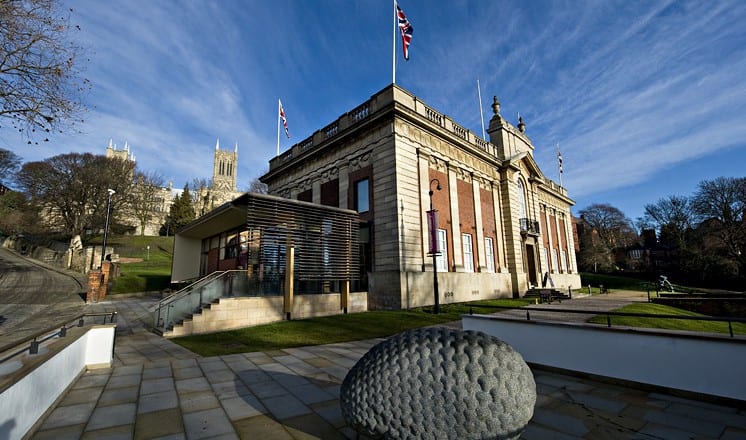
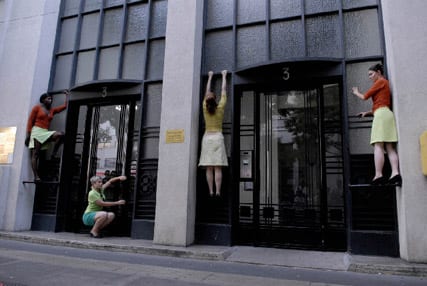
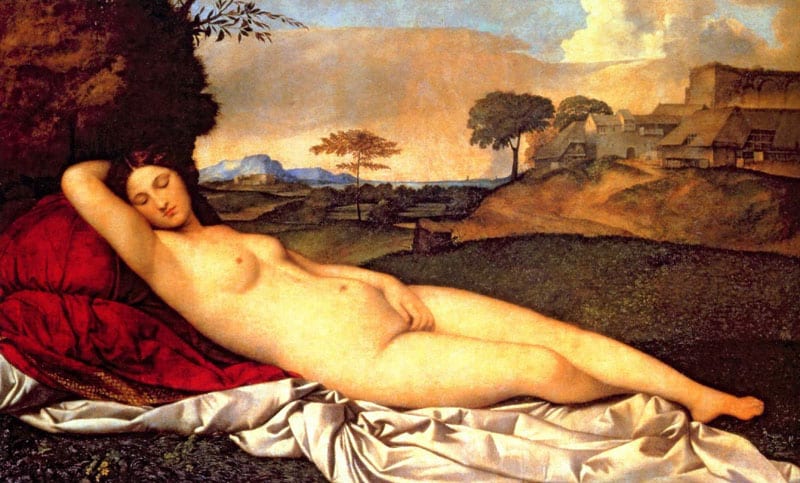
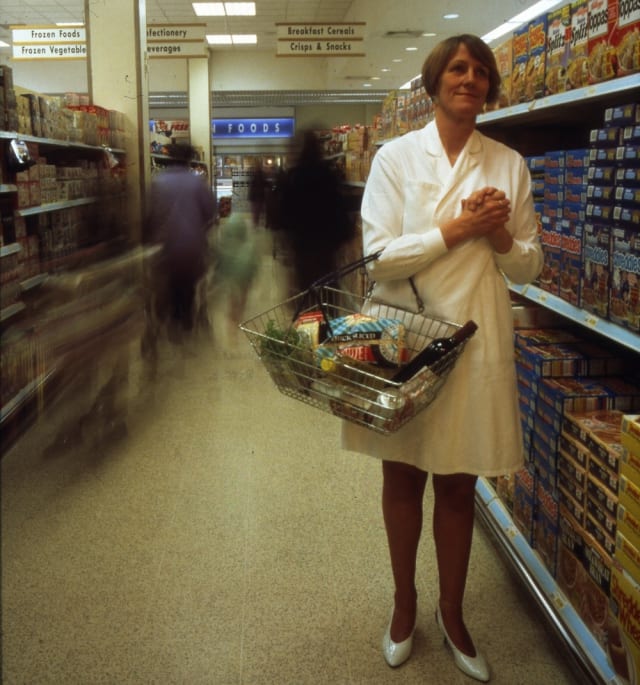
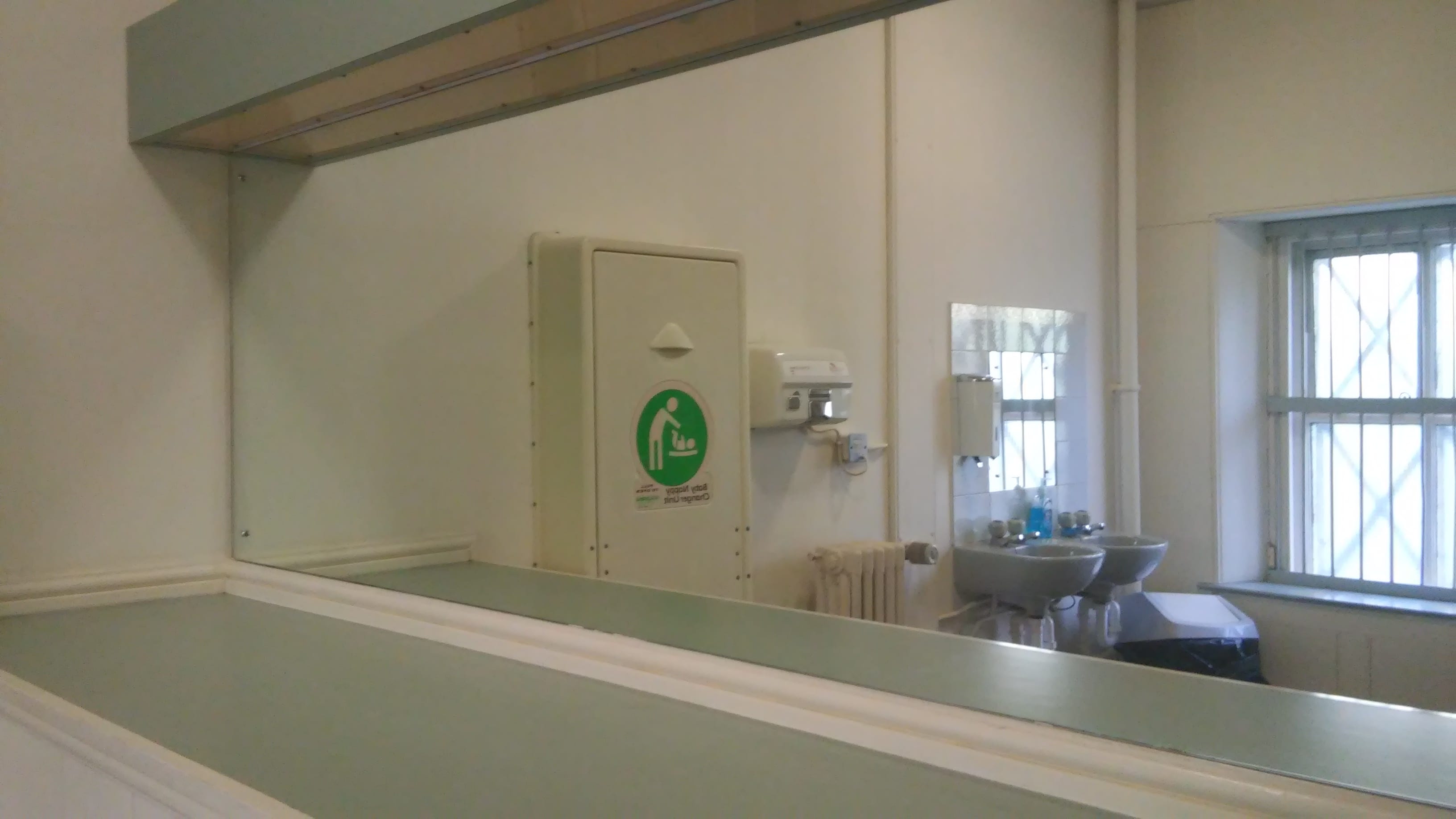
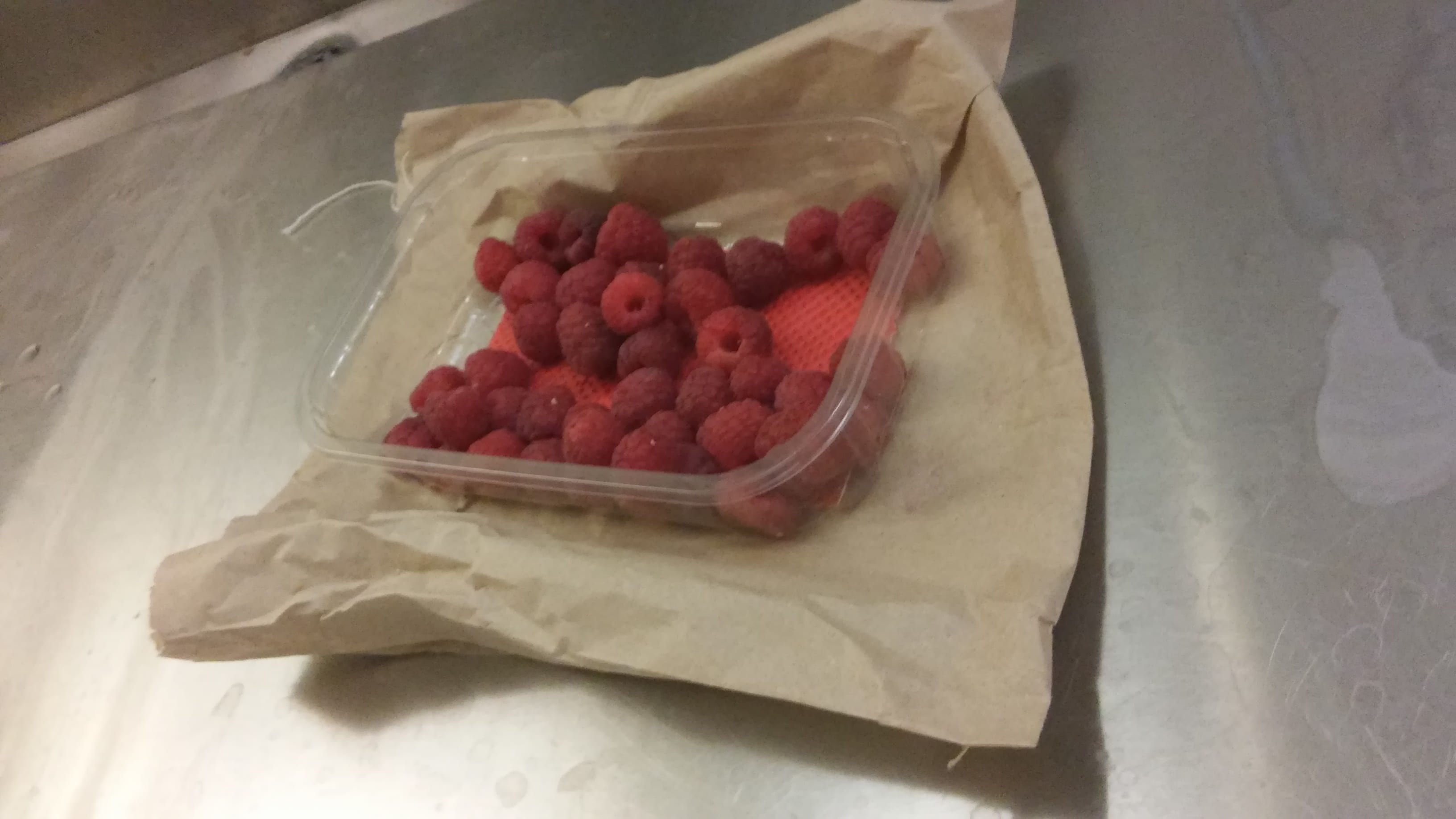
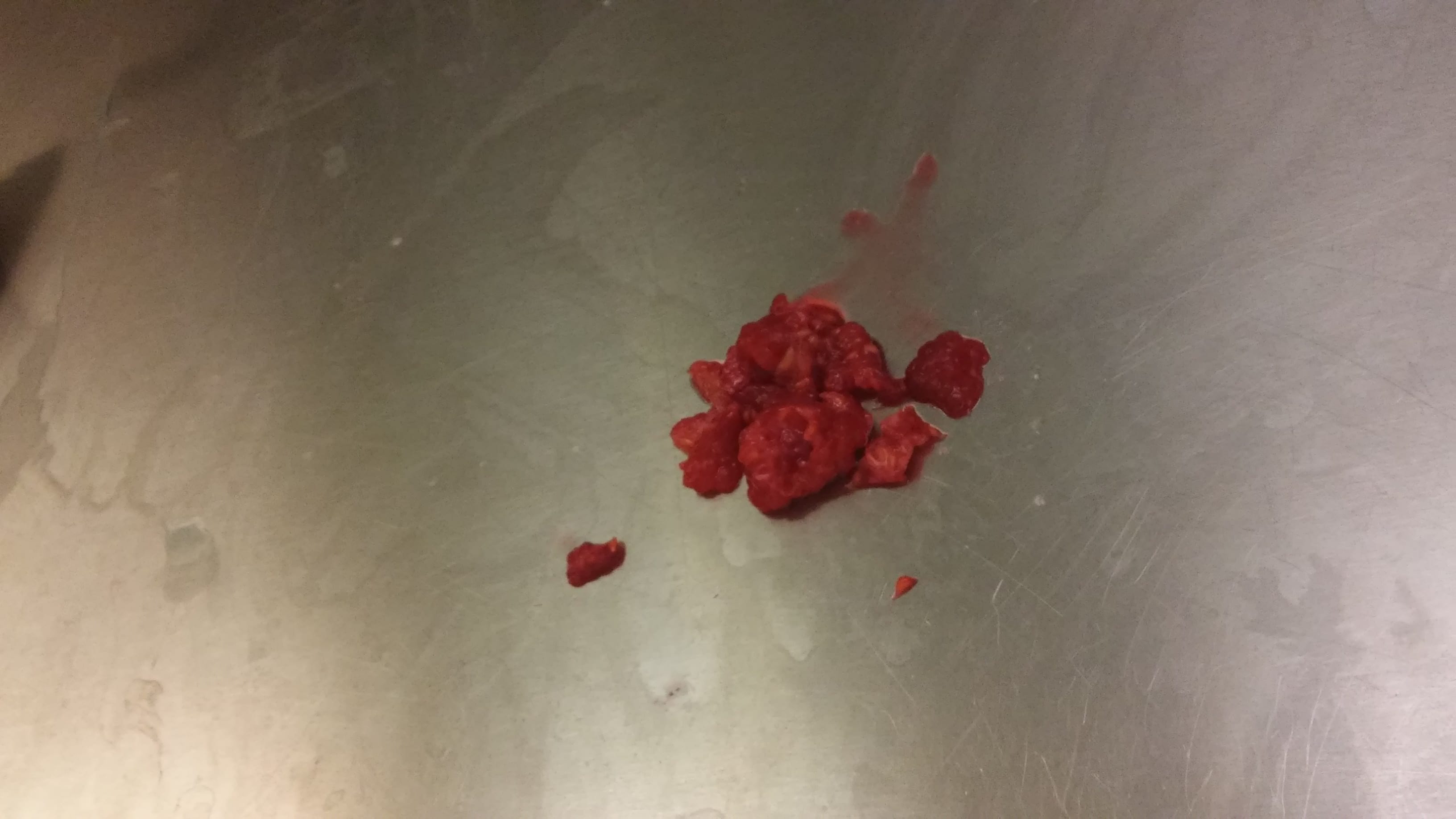

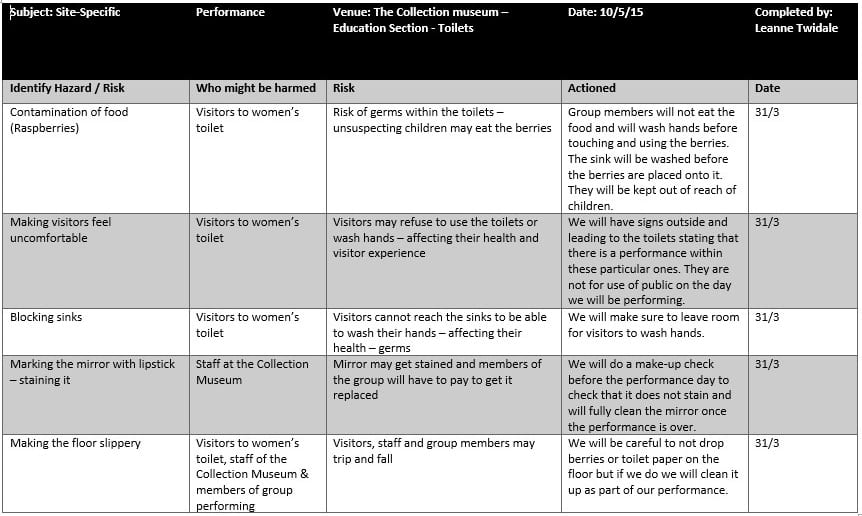

Recent Comments